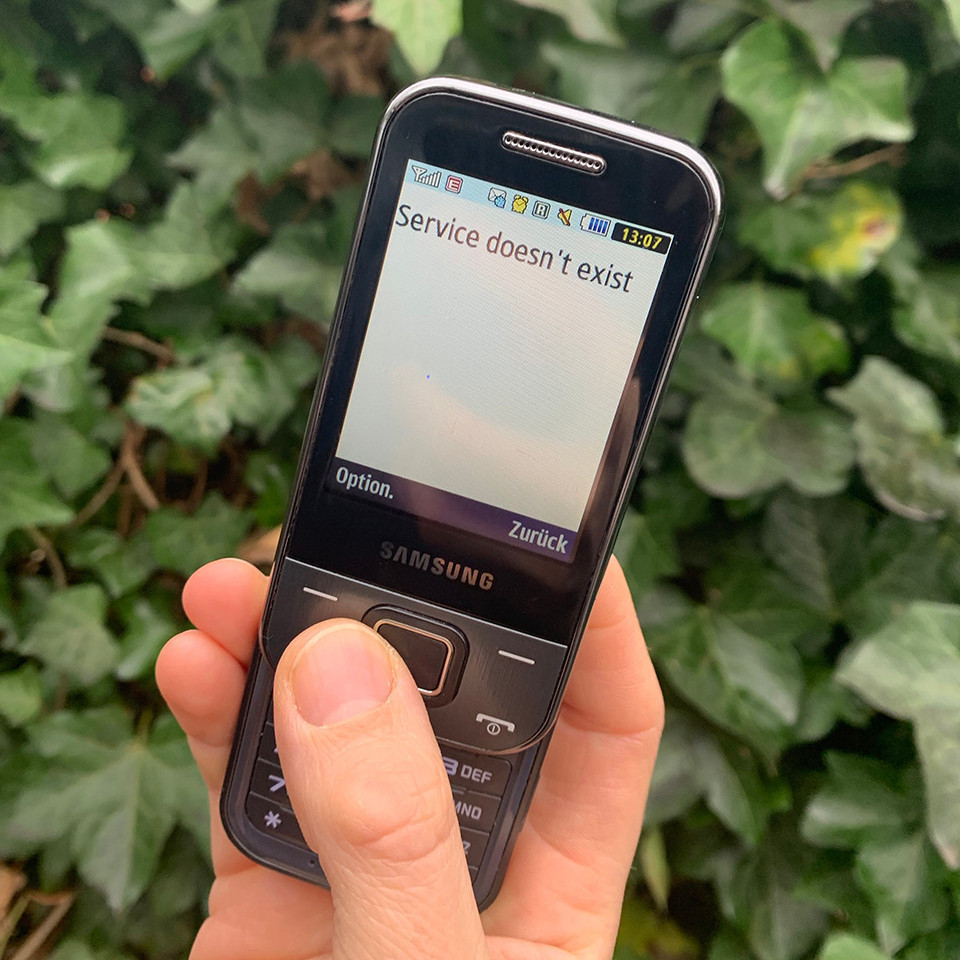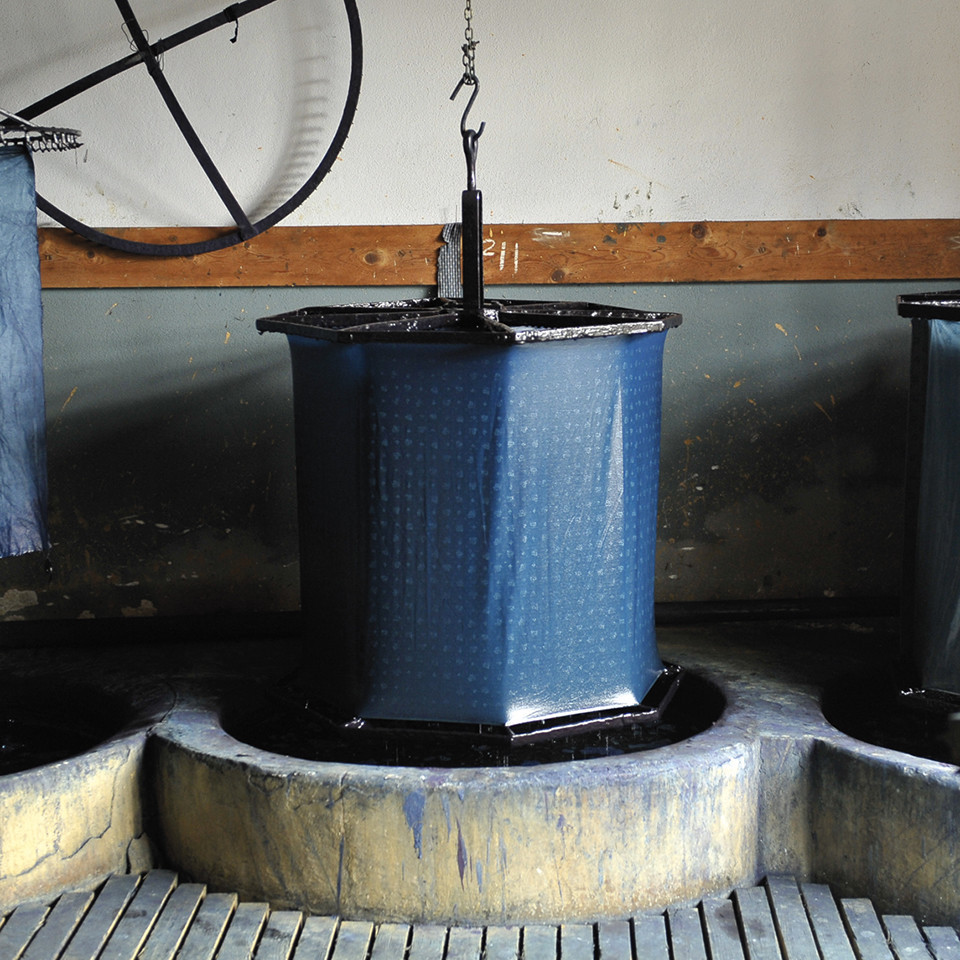
This text was published in HARD COPY 11 / Spring 2021
Wormderland

By Christina Gotz
Looking for ideas on how to make your life more sustainable? We’re regularly asking a member of the Closed team to roadtest products that promise to add some sustainability. This time, it’s graphic designer Christina and her wormery.
Many people responded to the present crisis by acquiring a pet (rumour has it that hens are hip in Berlin...) – or by rethinking the topic of sustainability and applying it to their lives. I did both – at the same time. In fact, ambitious as I am, I brought 500 new “friends” into my home. They are not as cuddly as a cat or a dog, but they’re really great at helping me to reduce my eco-footprint: 500 worms, members of the Eisenia foetida family, also known as the redworm and commonly found in compost heaps.
They arrive by post, securely packed for transportation with a generous portion of nutrient-rich substrate. I place them on my kitchen floor along with what is to become their home: a kit for making a wormery. I freely admit that the thought of worms has always made me squirm. I may have mentioned this to my colleagues – which is probably why I ended up writing this article.
The wormery kit consists of six wooden boards, some screws and wood glue. There’s a plastic container for the base (the container that the “worm tea” drips into), a perforated base board that allows the worms’ excretions, i.e. the worm tea, to drain out, and a lid with a seal – to prevent the inmates from escaping. Essentially, the wormery is a feeding station for the worms, who tuck into organic household waste. The worms break down the waste and make rich humus and nutrient-packed worm tea: two fresh, natural fertilisers that are ideal for my flower beds and raised vegetable beds. To help the worms settle in their new home, the instructions recommend soaking parts of the cardboard packaging and placing them on the bottom of the wooden box. Worms need cellulose fibres just as much as fruit and vegetable waste. The list of banned foods includes meat, bread and cereals, cooked food, salty waste and cheese.

Build it yourself.

Hello, new pets!
When we empty the sack of worm conglomerate into the finished box, I surprise myself by actually feeling a small glow of happy responsibility. “Honey, we’ve got pets now!” But then the mites in the substrate immediately start making a beeline for the lid of the box. We decide that the box isn’t staying in the kitchen, and move it to the balcony instead. According to the enclosed brochure, you need to give the worms a few days to adjust to their new home and conditions, waiting until day three before feeding them for the first time with moist, chopped (!) organic waste. The wormery is ready to “harvest” after three months, and a net is included in the kit to help you remove the humus from the box.
There’s no way around it: a wormery is more of a long-term project – or an experiment, in my case. It’s something that made me consider what and how I consume in terms of how the waste I produce can be reused. I have to admit that when I’m shopping, I find myself asking, what can I buy to feed my worms? And what creates unnecessary waste that my worms can’t digest? When I’m cooking at home, I put the fruit and vegetable leftovers aside to feed to the worms instead of binning them. Even the grounds from my morning coffee end up in the wormery. That makes the worms happy – and me, too.
So while worms might not be the most fascinating or cutest pets, they have definitely had a positive influence on my diet and on my tiny vegetable patch. And, what’s more, they don’t crow at sunrise, either...
Past Stories
Copy












